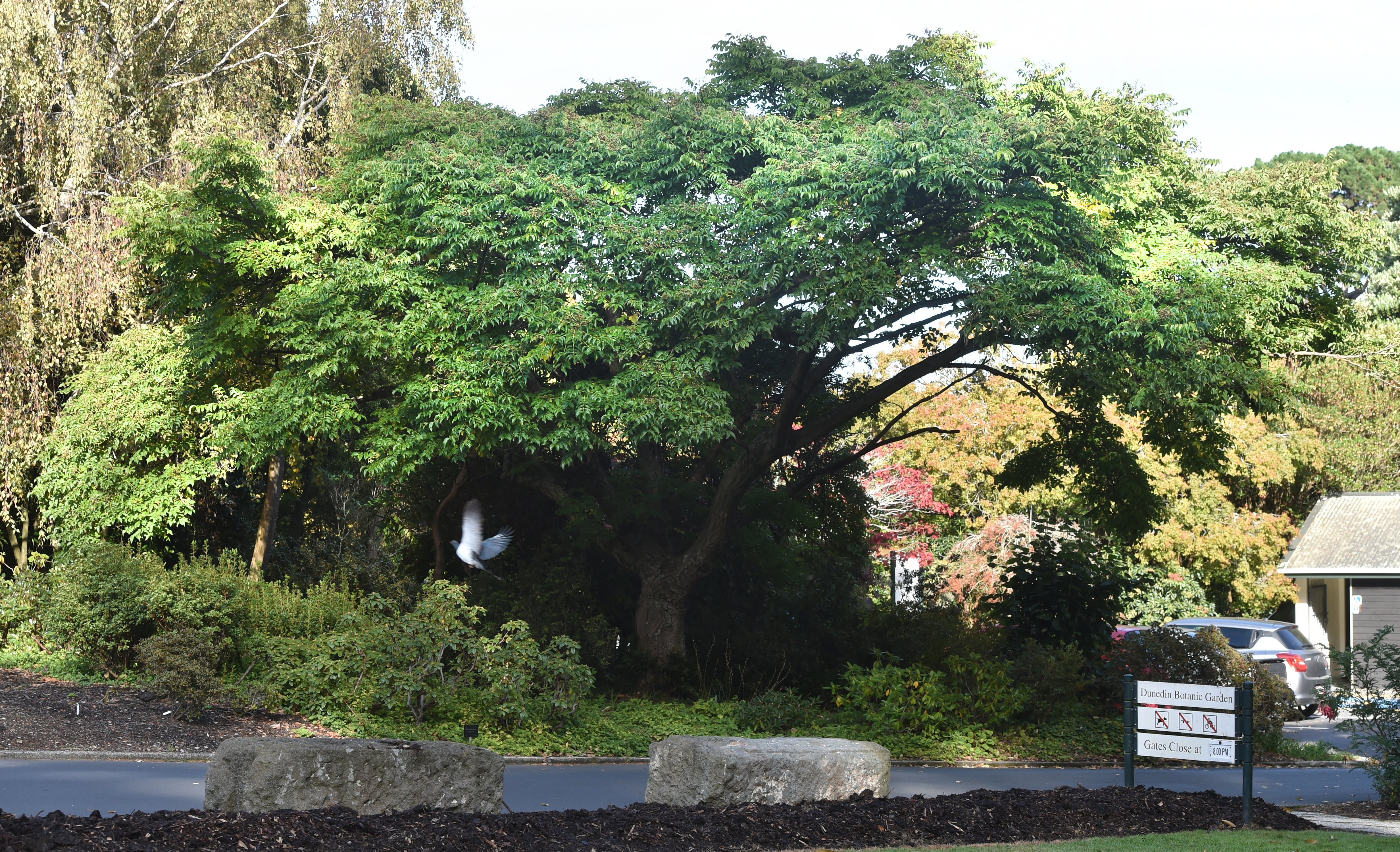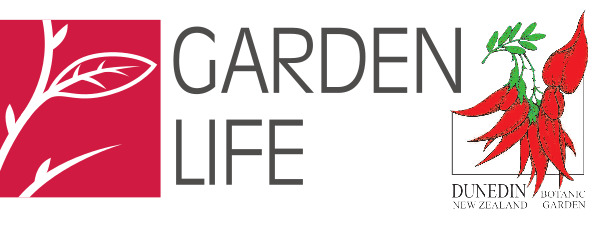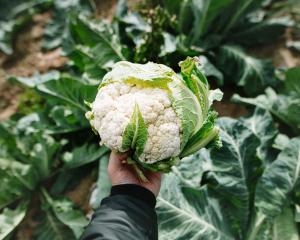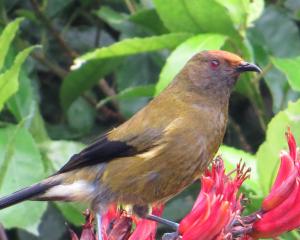An impressive yet frequently overlooked tree located near the upper garden carpark is the
Phellodendron amurense.This beautifully stout yet broadly spreading deciduous tree is commonly referred to as the Amur cork tree, this is due to its cork-like bark and native origin where it grows next to the Amur River in East Asia.
P. amurense has dark green compound leaves with approximately five to 13 leaflets with amazingly oily and aromatic seed and foliage. Our specimen here will soon showcase its beautiful yellow autumn foliage. This vibrant colour is similar to the very distinctive yellow inner bark which is said to be used in traditional Chinese medicine and to produce yellow dye. Other species that can be found here are
P. sachalinense and
P. chinense.
This specimen is generally described as dioecious, with male and female flowers on separate trees. Male and female trees are usually needed to produce fruit, but some isolated trees — including the one here in the upper garden — are known to produce fruit on their own. They may produce some bisexual flowers or have both male and female flowers on the same plant. This may be an adaptive strategy rather than a rare exception.
Phellodendron amurense is easy to propagate from seed or semi-ripe cuttings, it is low maintenance, generally pest and disease free and hardy. To avoid having unwanted seedlings, do not plant female trees.
Garden Life is produced by Dunedin Botanic Garden. For further information contact Steph Sinton — Rhododendron Dell Curator














